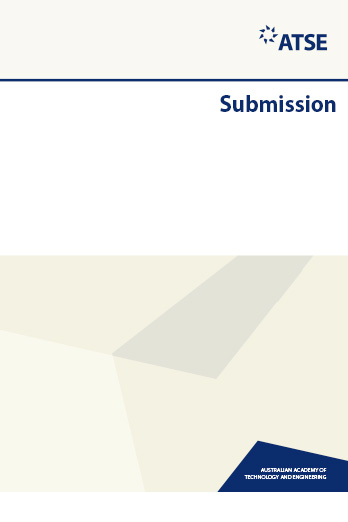In partnership with the Academy of Science, ATSE has made a submission to the Office of the Gene Technology Regulator.
From 30 November 2017 to 21 February 2018 the Office of the Gene Technology Regulator (OGTR) invited comments on the proposed amendments to recommendations for how particular new technologies could be regulated. The OGTR considered issues raised in submissions on the discussion paper, current scientific understanding, potential risks, regulatory burden implications, whether regulatory burden would be commensurate with risk, and the policy intent of the GT Act
The key proposals were:
- Regarding new technologies, option 3 best supports the effectiveness of the legislative framework at this time. Under option 3 organisms modified using site-directed nucleases without templates to guide genome repair (i.e. SDN-1) would not be regulated as GMOs. Currently, if a template is used to guide genome repair (i.e. SDN-2 and SDN-3), the resulting organisms are GMOs, as are organisms modified using oligonucleotide-directed mutagenesis. These would continue to be regulated under this option.
- Regarding RNAi, it was proposed to list the application of RNA molecules to induce RNAi as a technique that is not gene technology provided the RNA cannot give rise to changes to genomic sequence and cannot be translated into proteins. RNAi techniques which involve inserting sequences into the genome or use of viral vectors would continue to result in GMOs which are subject to regulation.
- Regarding gene drives, it was proposed to require a licence for all contained dealings with gene drive GMOs. Advice on the current regulatory status of gene drive GMOs was published on the OGTR website in December 2016.
The Academy of Technology and Engineering and the Academy of Science support the expressed goals of the amendments, and believe the proposed amendments will provide clarity in the scope of genetic modifications regulated under the Gene Technology Act without unduly suppressing research and development in the field of gene technology. The Academies support Option 2 in the consultation paper, “amend the GT Regulations by introducing all elements of the draft.”
The Academies also recommended that given genetic modification technology is an area of rapid development and extensive economic interest to Australia, it is important the regulatory scheme is examined regularly, with rigour and based on the most current scientific evidence.
